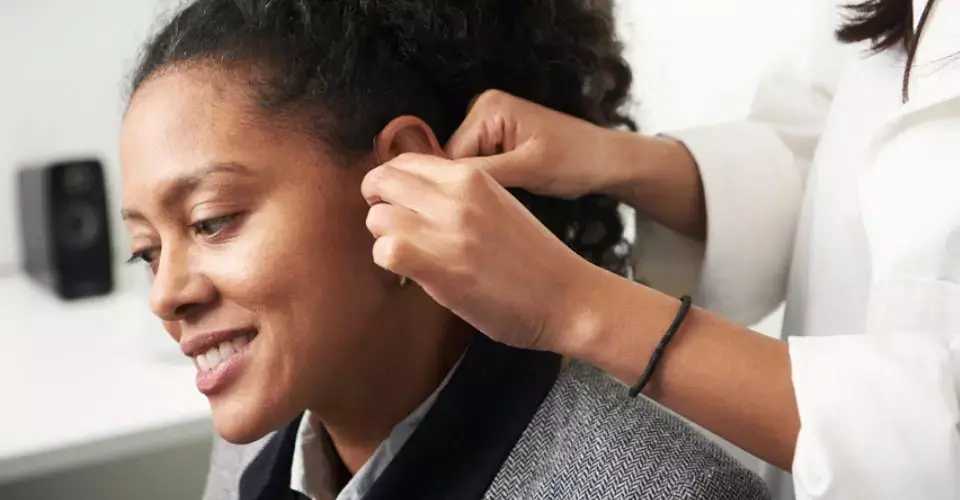- Home
- Medical news & Guidelines
- Anesthesiology
- Cardiology and CTVS
- Critical Care
- Dentistry
- Dermatology
- Diabetes and Endocrinology
- ENT
- Gastroenterology
- Medicine
- Nephrology
- Neurology
- Obstretics-Gynaecology
- Oncology
- Ophthalmology
- Orthopaedics
- Pediatrics-Neonatology
- Psychiatry
- Pulmonology
- Radiology
- Surgery
- Urology
- Laboratory Medicine
- Diet
- Nursing
- Paramedical
- Physiotherapy
- Health news
- Fact Check
- Bone Health Fact Check
- Brain Health Fact Check
- Cancer Related Fact Check
- Child Care Fact Check
- Dental and oral health fact check
- Diabetes and metabolic health fact check
- Diet and Nutrition Fact Check
- Eye and ENT Care Fact Check
- Fitness fact check
- Gut health fact check
- Heart health fact check
- Kidney health fact check
- Medical education fact check
- Men's health fact check
- Respiratory fact check
- Skin and hair care fact check
- Vaccine and Immunization fact check
- Women's health fact check
- AYUSH
- State News
- Andaman and Nicobar Islands
- Andhra Pradesh
- Arunachal Pradesh
- Assam
- Bihar
- Chandigarh
- Chattisgarh
- Dadra and Nagar Haveli
- Daman and Diu
- Delhi
- Goa
- Gujarat
- Haryana
- Himachal Pradesh
- Jammu & Kashmir
- Jharkhand
- Karnataka
- Kerala
- Ladakh
- Lakshadweep
- Madhya Pradesh
- Maharashtra
- Manipur
- Meghalaya
- Mizoram
- Nagaland
- Odisha
- Puducherry
- Punjab
- Rajasthan
- Sikkim
- Tamil Nadu
- Telangana
- Tripura
- Uttar Pradesh
- Uttrakhand
- West Bengal
- Medical Education
- Industry
Community health worker-delivered hearing care intervention may improve communication function among elderly with hearing loss

Community health worker-delivered hearing care intervention may improve communication function among elderly with hearing loss suggests a recent study published in the JAMA.
Age-related hearing loss that impairs daily communication is associated with adverse health outcomes, but use of hearing aids by older adults is low and disparities exist.
Open-label randomized clinical trial conducted between April 2018 and October 2019 with 3-month data collection completed in June 2020. The trial took place at 13 community sites, including affordable independent housing complexes (n = 10), senior centers (n = 2), and an older adult social club (n = 1) in Baltimore, Maryland. A total of 151 participants aged 60 years or older with hearing loss were randomized.
Participants were randomized to receive a community health worker–delivered hearing care intervention (n = 78) or to a wait-list control group (n = 73). The 2-hour intervention consisted of fitting a low-cost amplification device and instruction.
The primary outcome was change in self-perceived communication function (Hearing Handicap Inventory for the Elderly–Screening Version [HHIE-S]; score range, 0-40; higher scores indicate poorer function) from baseline to 3 months postrandomization. The average treatment effect was estimated using the doubly robust weighted least squares estimator, which uses an outcome regression model weighted by the inverse probability of attrition to account for baseline covariate imbalance and missing data.
Results
• Among 151 participants randomized self-identified as African American; 96 [63.6%] with low income, 136 (90.1%) completed 3-month follow-up for the primary outcome. In the intervention group, 90.5% completed the intervention session and reported at least 1 hour of daily amplification use at 3 months postrandomization.
• Mean scores for the HHIE-S were 21.7 at baseline and 7.9 at 3 months in the intervention group, and 20.1 at baseline and 21 at 3 months in the control group.
• Self-perceived communication function significantly improved in the intervention group compared with the control group, with an estimated average treatment effect of the intervention of a –12.98-point HHIE-S change
• No study-related adverse events were reported.
Among older adults with hearing loss, a community health worker–delivered personal sound amplification device intervention, compared with a wait-list control, significantly improved self-perceived communication function at 3 months. Findings are limited by the absence of a sham control, and further research is needed to understand effectiveness compared with other types of care delivery models and amplification devices.
Reference:
Nieman CL, Betz J, Garcia Morales EE, et al. Effect of a Community Health Worker–Delivered Personal Sound Amplification Device on Self-Perceived Communication Function in Older Adults With Hearing Loss: A Randomized Clinical Trial. JAMA. 2022;328(23):2324–2333. doi:10.1001/jama.2022.21820
Keywords:
Community, health, worker, delivered, hearing, care, intervention, improve, communication function, among, elderly, hearing loss, Nieman CL, Betz J, Garcia Morales EE, JAMA.
Dr. Shravani Dali has completed her BDS from Pravara institute of medical sciences, loni. Following which she extensively worked in the healthcare sector for 2+ years. She has been actively involved in writing blogs in field of health and wellness. Currently she is pursuing her Masters of public health-health administration from Tata institute of social sciences. She can be contacted at editorial@medicaldialogues.in.
Dr Kamal Kant Kohli-MBBS, DTCD- a chest specialist with more than 30 years of practice and a flair for writing clinical articles, Dr Kamal Kant Kohli joined Medical Dialogues as a Chief Editor of Medical News. Besides writing articles, as an editor, he proofreads and verifies all the medical content published on Medical Dialogues including those coming from journals, studies,medical conferences,guidelines etc. Email: drkohli@medicaldialogues.in. Contact no. 011-43720751


